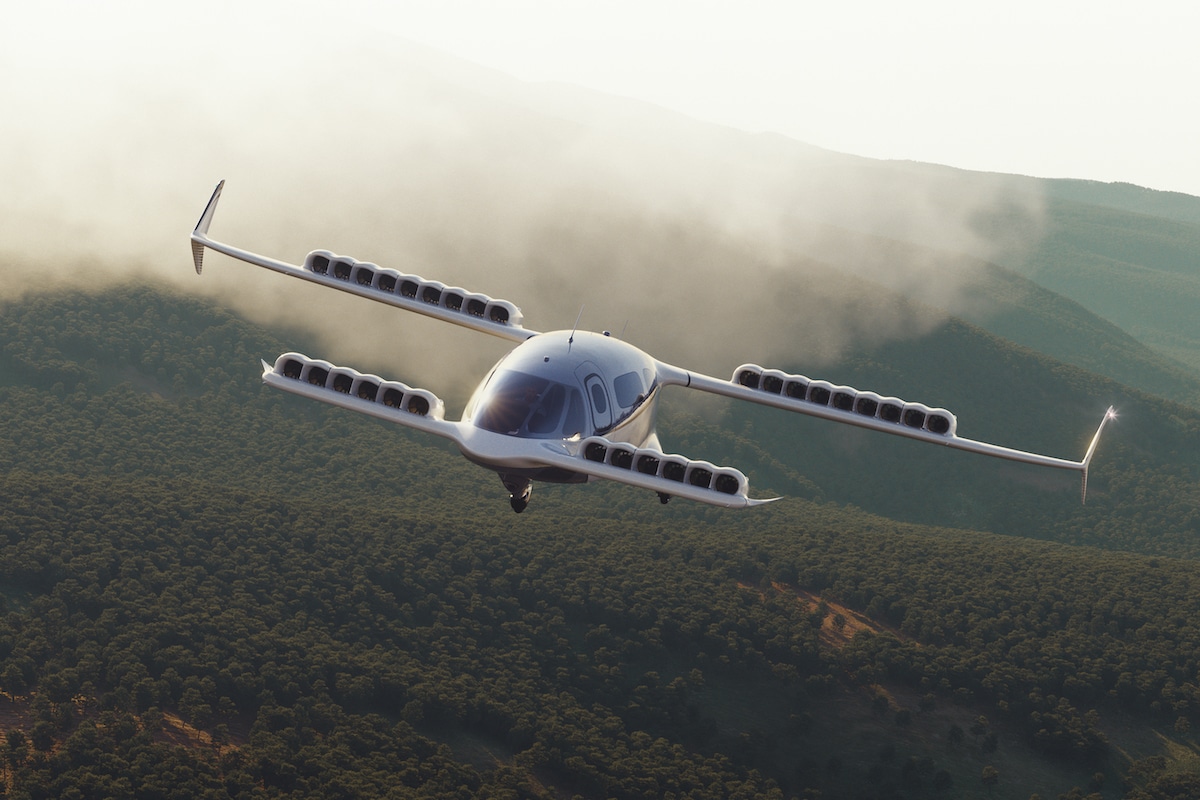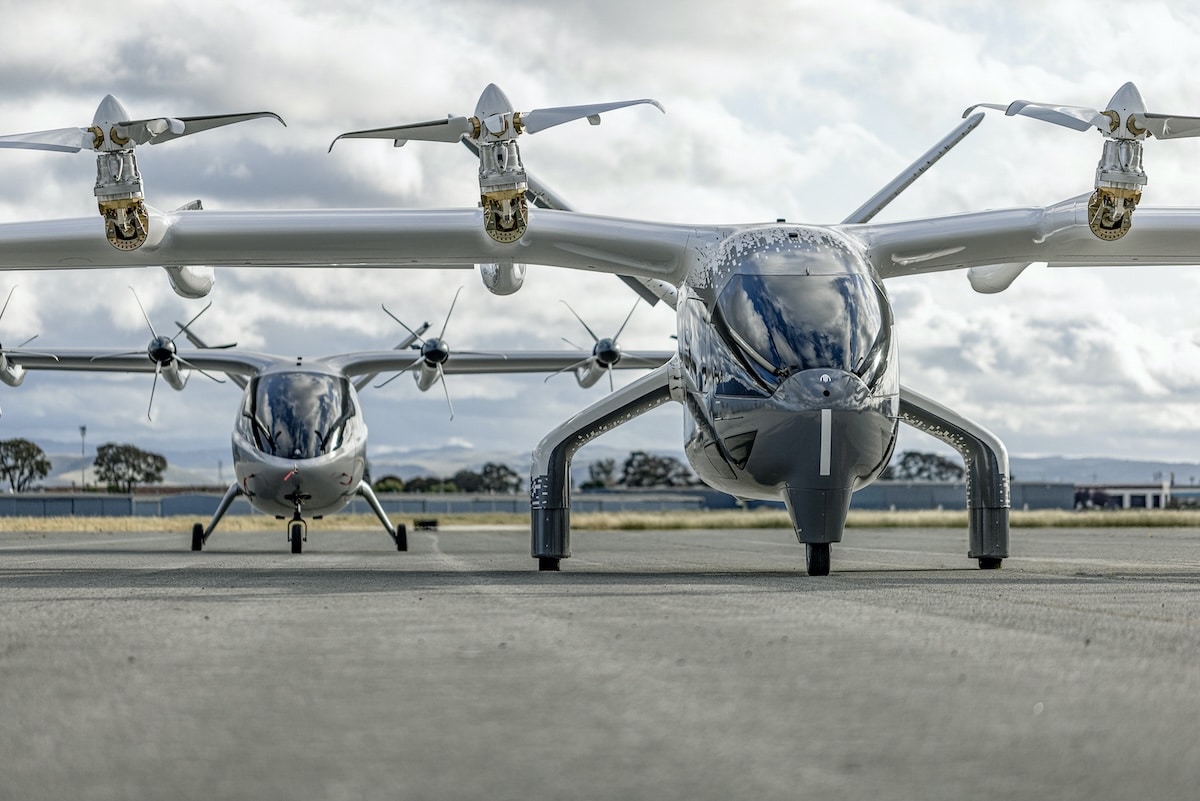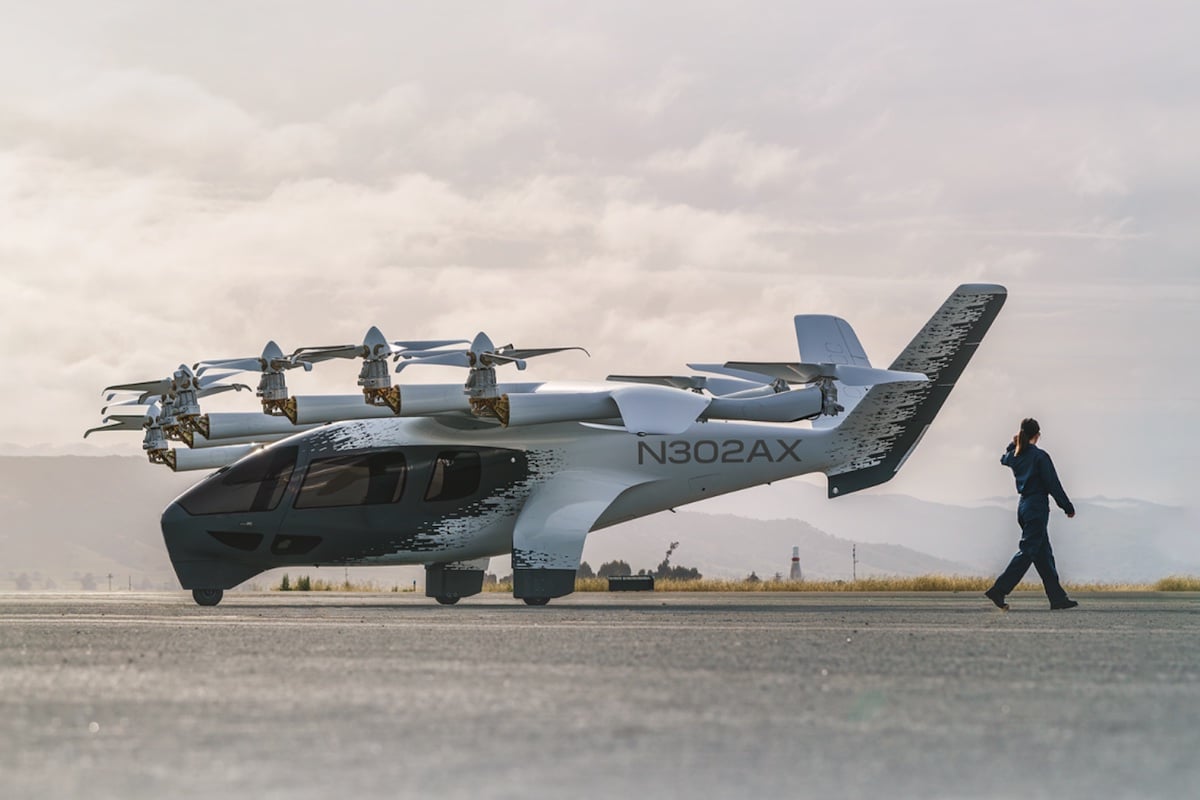Lilium selects Thales to help develop its eVTOL

Thales, a French specialist in communications and aerospace, is participating in the electric vertical takeoff and landing jet project Lilium.
The eVTOL sector, these electric aircraft with vertical takeoff and landing capabilities, seems to be a new Eldorado. If you had to choose between investing your savings in a thermal turbine helicopter manufacturer and an eVTOL builder, the former is a dinosaur doomed to disappear due to its cost, complexity of maintenance, and dramatic carbon footprint. The latter will be almost autonomous, probably without a pilot in a few decades when accepted, and above all, its production and operation costs will be reduced by ten! The decision is clear.
Thus, it is a race among dozens of players to be the first on the market and take the prize. The sector promises staggering figures in potential revenue. There will first be the renewal of the helicopter fleet with eVTOLs, which are quieter, like connecting Nice to Monaco, for example. But also in many megacities where traffic jams and failing public transport force people to spend hours in cars. Not to mention the insecurity in South America that discourages people from stepping outside, or certain regions where money is not really a problem, like taking to the air between Los Angeles and Las Vegas in a few tens of minutes rather than several hours by car.

The Germans of Lilium in the race
Rather than opting for a crewed drone concept with blades at all four corners, the Germans at Lilium have chosen a jet with wings on the nose (known as canards) and at the rear (like the BMW concept), all powered by 30 pivotable electric motors depending on the desired dynamics.
This architecture was chosen due to the capacity to carry 6 people, including the pilot, in order to truly compete with helicopters. Similarly, with its wingspan of 13 meters, it is already compatible with international heliport standards.
The development of Lilium is accelerating towards a planned service entry in 2026. A new technical partnership has just been announced with Thales for the integration of cutting-edge communication solutions. The Lilium eVTOL fleet will be equipped with a set of optimized antennas, a subtle blend of off-the-shelf commercial solutions (COTS) and custom antennas. Among these, we find VHF Com + GPS antennas, Wi-Fi/LTE, ELT, GNSS, DME, VOR, LOC, Glideslope, UAT, and Transponders, ensuring impeccable communications and navigation.

Where is the development?
Thales was chosen due to its deep knowledge of aerial platforms, whether fixed-wing or rotorcraft, to address the complex challenges presented by the design of eVTOL aircraft. Reducing drag, lightening weight, and optimizing antenna placement are all areas where Thales’s expertise will be crucial for the success of the Lilium program.
As a reminder, a Saudi investment fund has already ordered 100 Lilium eVTOLs in July 2024, while flight agreements have been signed with various airports, including ADP (Aéroports de Paris), on July 24, 2024.
The first Lilium has been assembled and will begin ground testing in the coming weeks. A second aircraft, currently being assembled, will be used for flight tests in early 2025. A third Lilium will also be assembled by the end of 2024.
The timeline is very tight to obtain flight certifications on time, but development durations in aerospace, as in other fields, are now much shorter. Computer simulations, validations of embedded software, etc., started several years ago, so flight tests are almost now just validations. Finally, a smaller prototype has been flying for months in southern Spain and has validated the technical viability of the project. No more time to lose.

READ ALSO: Europe says YES to eVTOL air taxis and transport drones
This page is translated from the original post "Lilium choisit Thales pour l’aider à développer son eVtol" in French.
We also suggestthese articles:
Also read







